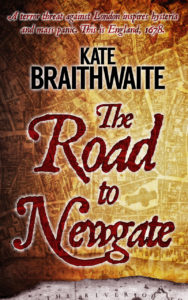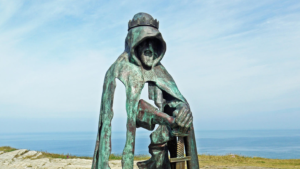Today on Historical Authors Across Time, Kate Braithwaite writes about the history, drama, and events of the seventeenth century. I'm so pleased to have her as a guest. Discovering the Seventeenth Century With plots and counterplots, royal marriages and infidelities, war and witchcraft, the … [Read more...]
Mithraism in Ancient Rome: A Soldier’s Religion
Today, I would like to welcome author, Pam Allegretto. She's this month's guest blogger at Historical Authors Across Time, talking about the god, Mithras, and Mithraism in ancient Rome. Learn more about Pamela at the end of this post. While conducting research for my World War 2 novel … [Read more...]
The Late Roman Army & The Barbarian Conspiracy
Reorganization of the Army The following is a guest post by Brian Kitchen. Learn more about Brian at the end of this post. The late Roman Army in Britain bore very little resemblance to the army of the Emperor Claudius, which had conquered the island in 43ad. By the late 4th century, the time I … [Read more...]
In Search of the Real King Arthur with Mary Anne Yarde
The following is a guest post by Mary Anne Yarde. Learn more about Mary Anne at the end of this post. I have been fascinated with the life and times of King Arthur and his Knights of The Round Table since I was a child — I guess growing up a stone's throw from Glastonbury (The Ancient Isle of … [Read more...]




